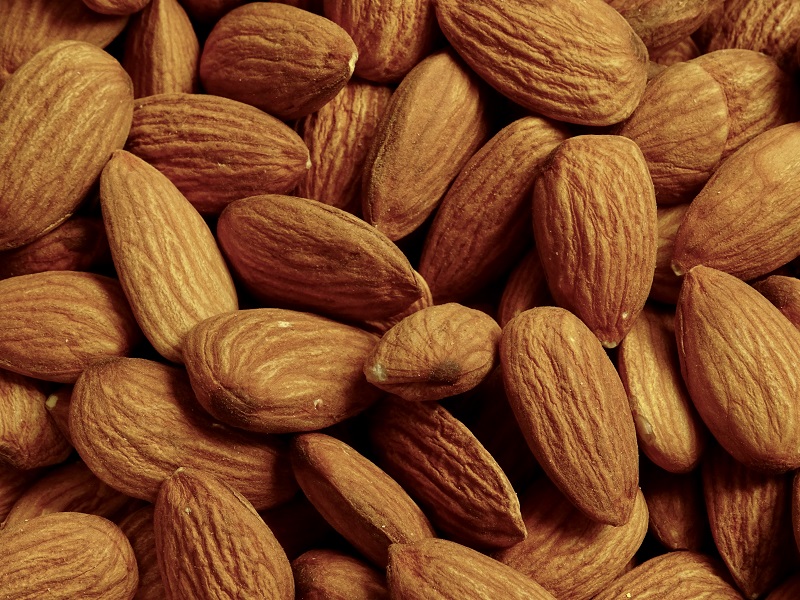Urgent Call for Action To Protect U.S. Growers From Potato Wart
U.S. agriculture faces numerous challenges, and one of the most destructive is a pest or disease that is extremely difficult or impossible to eradicate. One disease facing the potato industry (potato wart) embodies exactly that perilous risk to U.S. growers demanding immediate and decisive action.
Bipartisan members of the U.S. Senate, led by Senate Finance Committee Ranking Member Mike Crapo (R-Idaho) and Chair Ron Wyden (D-Oregon), issued an urgent appeal in July to the USDA to implement additional mitigation measures to prevent the introduction of Prince Edward Island (PEI) potato wart into the U.S.
The stakes couldn’t be higher for American potato growers.
“If potato wart should enter the United States, our farmers and the communities they support will be economically devastated,” cautioned the senators.
With 20% of our potato crop — valued at more than $2 billion — exported annually, the introduction of this disease could shut off access to international markets and curtail domestic production and sales.
This isn’t just a theoretical risk; Canada has already seen the devastating effects of potato wart in Newfoundland, where the disease has rendered potato production infeasible.
What Is Potato Wart?
Potato wart is a highly destructive disease caused by the pathogen Synchytrium endobioticum. It primarily affects potatoes, deforming tubers and significantly reducing yield.

Potato wart symptoms in various stages.
Photo courtesy of Central Science Laboratory, Harpenden , British Crown, Bugwood.org
Unlike other plant pathogens, potato wart can persist in the soil for decades, making eradication nearly impossible once it takes hold. Should it enter the U.S., the consequences would be catastrophic — from severe economic losses for growers to the potential closure of international markets.
What Can Be Done?
Following expanded detections of potato wart in 2021 in Prince Edward Island, the Canadian Food Inspection Service (CFIA) and USDA held talks and initially agreed to close the U.S. market to PEI potatoes due to the disease threat. However, this closure was short-lived, and the market was reopened, except for seed potatoes, following discussions between Canadian Prime Minister Justin Trudeau and President Biden.
Current and proposed mitigation plans fall short of providing long-term protection to U.S. growers. The senators’ July letter urges the USDA to take swift action by:
- Restricting bulk shipments into the U.S. to smaller-sized packages
- Limiting large retail shipments and ensuring consumers know they are for consumption rather than cultivation
- Controlling the waste generated by processing facilities
“For nearly three years, the U.S. potato industry has been demanding action from the administration to reduce this huge threat to our growers and all the economic activity they generate,” says Dean Gibson, National Potato Council’s Vice President of Legislative Affairs and potato grower from Paul, Idaho, in response to the Senators’ letter. These steps are crucial but must be part of a broader, more comprehensive strategy.
Beyond the actions that USDA can take immediately, the National Potato Council recognizes that the CFIA has proposed various actions to address the disease after potato wart has been detected in a field. However, one action CFIA is not requiring of PEI growers is ensuring that shipments are coming from fields surveyed and found free of potato wart. This is particularly strange as Canada has required the U.S. to test fields clean for phytosanitary issues in the past.
The time for action is now. The USDA must implement more stringent measures to protect U.S. potato growers and the thousands of jobs supported by the industry. The additional steps proposed by the senators, coupled with comprehensive field surveys and stricter import regulations, will go a long way toward ensuring that the U.S. remains free from potato wart.
American farmers and their communities depend on swift, decisive action. We urge the USDA to prioritize these measures to protect one of our most vital agricultural industries.










